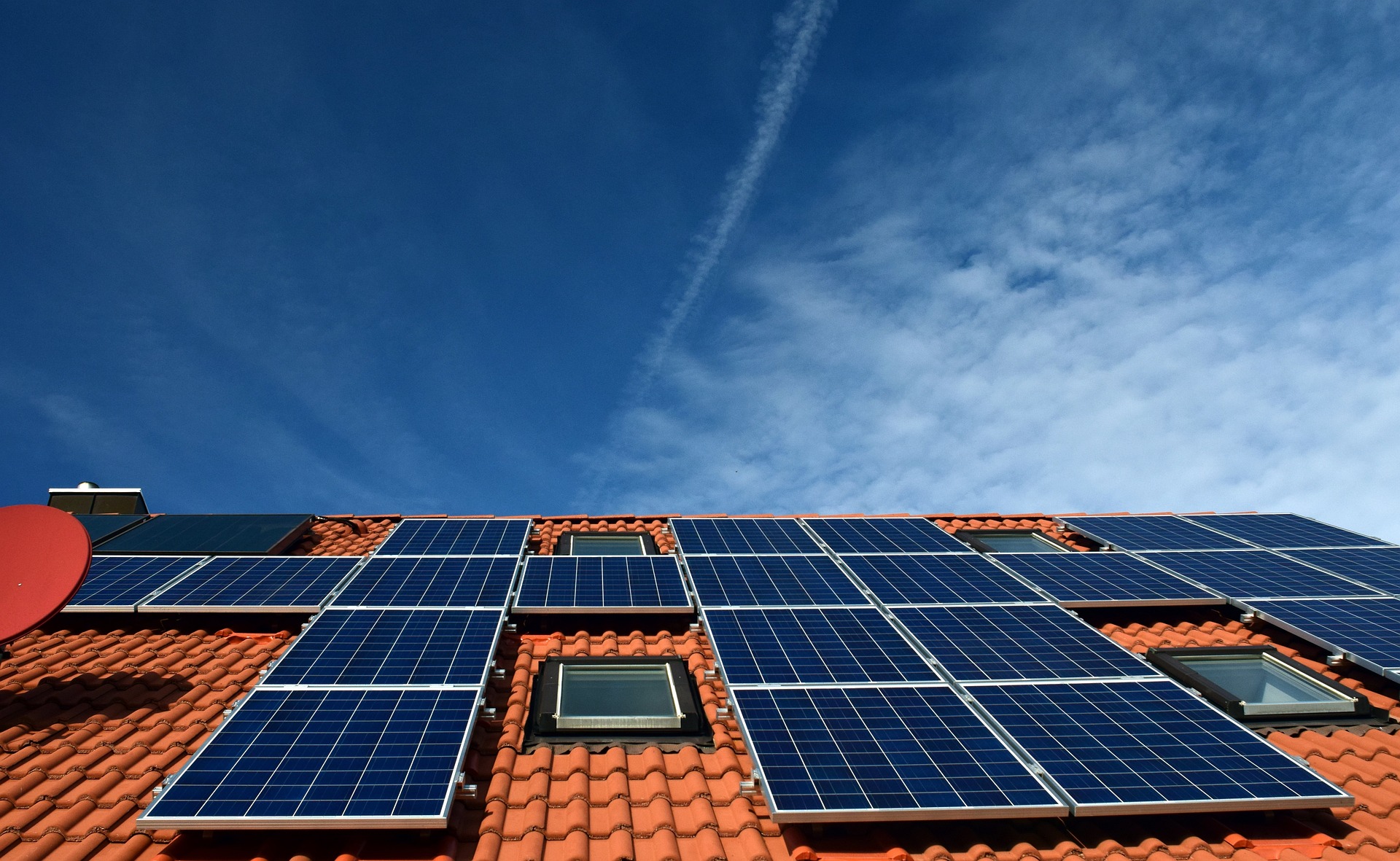Solar Roof Guide: Solar Tiles vs Solar Panels for Your House
A solar roof is more than an array of cells — it’s an integrated approach that replaces or covers traditional roofing materials with energy-generating components. Whether you’re intrigued by sleek solar tiles or the tried-and-true solar panels, understanding differences, roof compatibility, and how solar energy fits into everyday life will help you weigh options clearly and realistically.

What are solar tiles?
Solar tiles (also called solar shingles) are thin photovoltaic modules designed to look and function more like conventional roof materials. Instead of being mounted on top of an existing roof, many solar tiles are installed flush with roofing surfaces to provide a lower-profile, architecturally cohesive appearance. They come in different materials and styles: some mimic slate or asphalt, while others are smooth glass with embedded cells. For homeowners focused on curb appeal or historic-home aesthetics, solar tiles can be an attractive alternative to bulky panels.
How does a solar roof differ from solar panels?
A solar roof typically integrates photovoltaic technology into roofing material itself, whereas solar panels are separate modules mounted on rails above an existing roof. The main practical differences are appearance, weight distribution, and installation complexity. Solar panels are easier to install incrementally and often have slightly higher efficiencies per square foot because they can be angled and oriented optimally. An integrated solar roof trades some installation flexibility for seamless looks and potentially simplified waterproofing, since the system is part of the roof structure rather than sitting on top of it.
Is a solar roof right for your house?
Choosing a solar roof depends on roof condition, orientation, and long-term plans for the property. If your roof needs replacement soon, combining the new roof with integrated solar tiles can be efficient since both projects happen together. South- or west-facing roof areas with minimal shading yield the best solar energy production for most locations. Roof slope, local building codes, and homeowner association rules can influence feasibility. Also consider whether you want the modular scalability of traditional solar panels or the integrated aesthetics of a solar roof when deciding what’s right for your house.
How solar energy integrates with your roof
Integrating solar energy involves more than placing cells on a surface. Inverters convert the panels’ or tiles’ DC output to AC for household use; monitoring systems track production; and in many homes a battery or grid-tie connection manages energy flow. For a solar roof, electrical conduits are routed through the roof structure and tied into the home’s electrical panel. Proper flashing, waterproof membranes, and insulation are essential to maintain long-term roof health. Working with installers familiar with both roofing and electrical codes helps ensure that the solar system and roof function together safely and efficiently.
Installation and maintenance of solar tiles
Installation of solar tiles generally requires a roofer and an electrician working in tandem. Because the tiles are part of the roof assembly, installers must manage underlayment, vents, and roof penetrations carefully to maintain weatherproofing. Maintenance needs are similar to traditional solar panels: occasional cleaning, inspections after severe weather, and periodic checks of inverter and wiring. One practical advantage of modular panels is easier replacement of a single unit; with integrated tiles, replacement may involve matching roofing materials and safety procedures for working on the roof. Regular inspections by qualified technicians help spot loose connections, micro-cracks, or wear before they escalate.
Performance, warranties, and environmental impact
Both solar tiles and panels convert sunlight into electricity, but their rated efficiency and warranty terms can differ by manufacturer. Solar panels have a long track record and widely available performance data; solar tiles are newer and may have varying guarantees tied to both energy production and roofing performance. From an environmental standpoint, generating solar energy at the point of use reduces reliance on fossil fuels and can lower household carbon footprint over time. When evaluating options, check manufacturer warranties for electricity output and roofing integrity, and confirm that installers are certified and insured.
A solar roof is a long-term home investment that blends roofing and renewable energy into one solution. Performance hinges on technical fit, local climate, and the quality of design and installation. Consider roof condition, aesthetic goals, and whether you prefer modular expansion or a seamless look when comparing solar tiles with traditional solar panels. Speak with qualified local services to understand permitting, roof compatibility, and options that match your house and neighborhood requirements.
Conclusion
Solar roofs, whether implemented with solar tiles or roof-mounted solar panels, offer a path to capturing solar energy at the home level while influencing aesthetics, installation complexity, and maintenance. Careful evaluation of roof condition, site-specific sun exposure, and installer expertise will help determine the approach that best aligns with your house and long-term plans.






